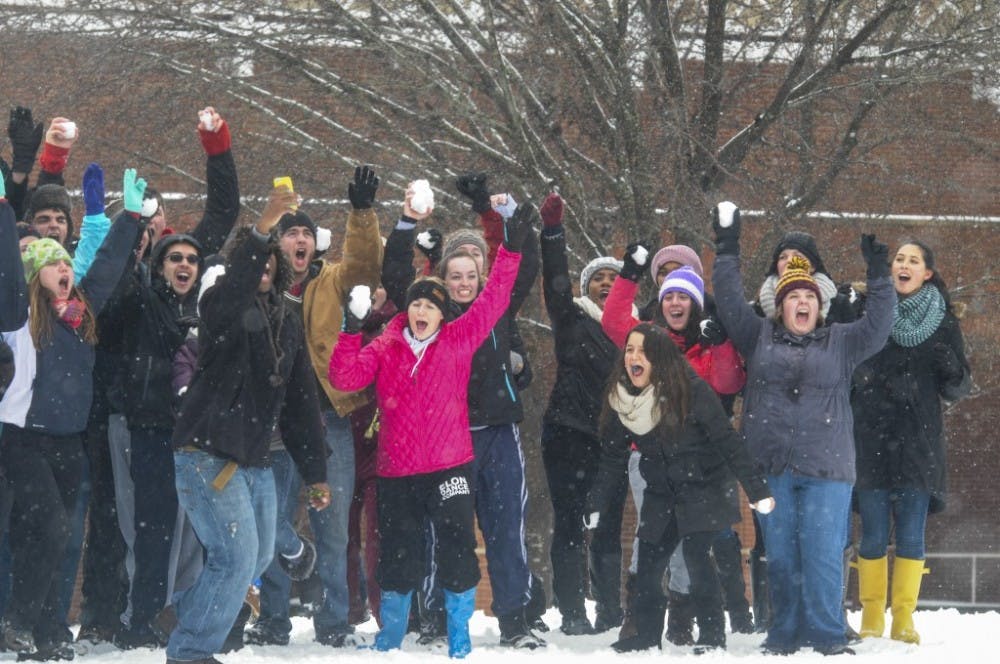2014 was rung in with excitement, resolutions and an unexpected cold front. This winter season has been unseasonably cold in North Carolina, and authorities have had to go the extra mile to combat the frigid temperatures and snow.
Temperatures in Raleigh reached the single digits this winter for the first time since 2000, only 18 degrees away from the record low of -9 degrees. Similar temperatures have been reported in other parts of the state.
The North Carolina Department of Transportation (NCDOT) has surpassed their $30 million budget for winter weather this year. The storms have required the assistance of extra employees, the purchase of more salt and the use of more heavy-duty machinery in order to recover.
Jennifer Brandenburg, the state asset management engineer at the NCDOT, reported that $30 million is set aside annually for winter weather snow and ice removal. Usually only about $12 to $15 million of this budget is spent.
It’s not unusual for this budget to be extended. In one particularly snowy year, the NCDOT spent $60 million, twice its budget.
“We see what we have planned when spring comes and skip some other activities,” Brandenburg said.
The average North Carolinian would be unlikely to notice the spring cutback. Public grass won’t be cut as often, and less will be done to manicure the state in order to make up the lost funds.
“Generally, most governments have a bit more flexibility in spending than they advertise,” said John Herlin, instructor in economics at Elon University. “If the winter weather spending is more than the budget, then they can draw funds from elsewhere.”
Compensating the budget is not predicted to create any problems, as the NCDOT is prepared each year for the possibility.
“We will spend money on snow and ice regardless for safety of transportation,” Brandenburg said.
Schools experienced delayed openings and cancellations because of the low temperatures and multiple inches of snow. Elon was subject to three snow days last week after a two-day snowstorm.
Dangerous conditions on the roads as a result of freezing temperature, combined with the unusually high rate of snowfall, was a major reason for all the snow days. The big storm during the last week of January resulted in six fatalities in motor vehicle accidents.
Gov. Pat McCrory declared North Carolina to be in a state of emergency Jan. 28 and again Feb. 12. State officials hoped this would encourage drivers to stay off the roads and prevent the threat of any more automobile-related incidents.
Officials across the state are trying to figure out how to make up for all the snow days. North Carolina state law requires districts to have 185 days of classes or 1,025 hours of instruction per school year. Many districts have already missed more than a week of school.
Gov. Pat McCrory is working with education leaders to piece together an action plan. Options for making up school days include extending the school year, having classes on holidays like Good Friday, Saturday classes or a shorter spring break.
Experts say that the unusual weather patterns are from environmental inconsistencies.
“I would think it has a lot to do with the disruption of the polar vortex this January,” said Patricia Thomas-Laemont, adjunct instructor in environmental studies at Elon. “Cold air that is normally trapped in the arctic breaks away and moves southward, bringing exceptionally cold weather to our region.”
Despite the cold weather this winter, the spring is predicted to follow normal weather patterns.


